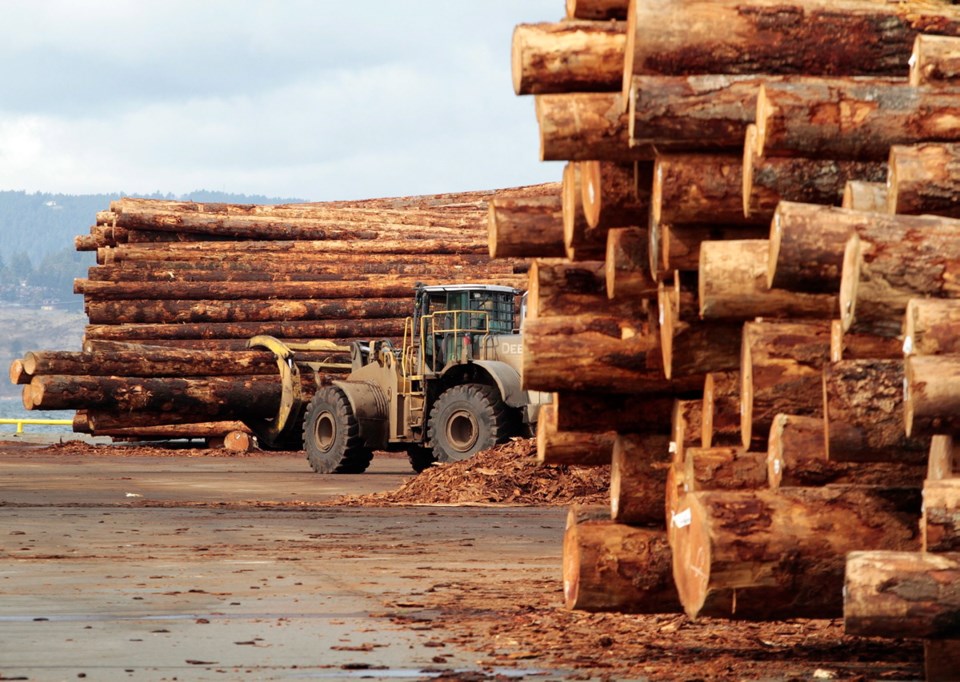The crisis in British Columbia’s forestry sector that saw more than 20 sawmills close or curtail production over the summer and put about 3,000 sawmill employees out of work, at least temporarily, is showing up in worsening trade figures for the province.
To the end of August, the cascading series of mill closures and production curtailments translated into an 11% drop in the volume of lumber exports, according to trade figures from sa���ʴ�ý Stats.
By value, the loss appears deeper with the $3.4 billion in export sales reported by the statistical agency representing a 25% decline from the same eight months of 2018, which is also weighing on sa���ʴ�ý’s prospects for economic growth.
And the decline in forestry shipments was the biggest reason driving a 5.3% decline in sa���ʴ�ý’s overall exports to the end of August. “You just can’t take sa���ʴ�ý’s largest export industry and have it go through what it’s going through and not expect negative spinoff implications,” said Ken Peacock, chief economist for the Business Council of sa���ʴ�ý
“It just has to be.”
The business council, an industry group representing sa���ʴ�ý’s largest employers, reduced its expectations for economic growth next year to 1.8% from its earlier estimate of 2.2%, with the crisis in forestry one of two main factors for the decline.
“It’s also so widespread,” Peacock said. “[Forestry] remains the foundation of so many regional economies and communities.”
Peacock added that because the main factors driving the downturn are structural, sawmills are simply running short of available timber from Interior forests decimated by the mountain pine beetle, the effects are expected to last into subsequent forecasts.
The downturn becomes, in effect, a reversal of the economic multiplier effect, Peacock said. “[With] fewer jobs, unemployment, people aren’t spending as much so there is an impact in the retail space, auto sales, manufacturing activity,” Peacock said.
And if forestry companies aren’t profitable, he said, they are less likely to invest in capital upgrades of their operations.
This week, lumber manufacturers West Fraser Timber Co. Ltd. and Canfor Corp. reported financial losses in the last fiscal quarter.
West Fraser posted a $15 million net loss on almost $1.2 billion in sales for the three months ending September 30, compared with a $275 million profit for the same period in 2018.
Canfor reported a $44 million loss on $1.1 billion in revenue for the same period compared with net income of $157 million on $1.3 billion in sales during the same months of 2018.



